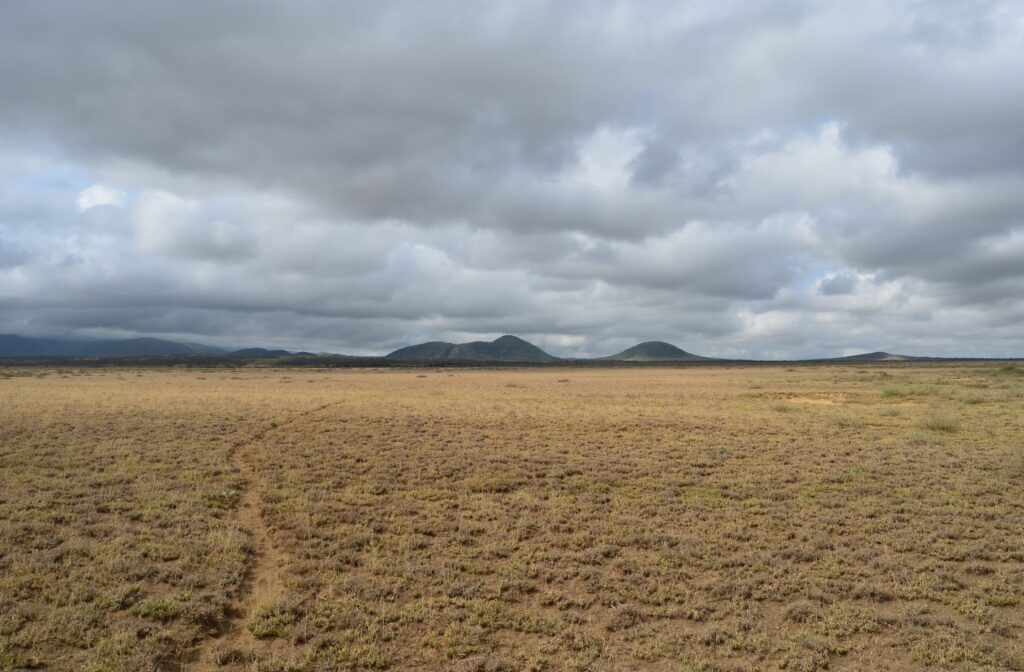Dar es Salaam. South Sudan and Tanzania are experiencing a faster rate of drying than any other country globally, with the highest percentage of land transitioning to drylands. Conversely, China has recorded the largest total area shifting from non-drylands to drylands, according to scientists analyzing global aridity trends.
The Global Aridity Index (AI) data reveals widespread changes over decades, with Narcisa Pricope, co-lead author of the report on Tanzania and South Sudan, noting that these conditions will redefine living patterns in the two nations.
“This forces them to reimagine their relationship with land and water. Arable land affected by aridity is the primary driver of agricultural degradation, leading to hunger and malnutrition. Key contributors include rising aridity, land erosion, salinization, organic carbon loss, and vegetation degradation,” she said.
African Dryland Degradation
Earlier this year, a report by the Food and Agriculture Organization (FAO) highlighted that 340 million hectares of woody vegetation in Africa’s dryland zones have been degraded due to overgrazing, agricultural expansion, deforestation, and overexploitation. East African countries—Kenya, Burundi, Djibouti, Ethiopia, Rwanda, Somalia, Sudan, Tanzania, and Uganda—were among the worst affected.
Kenya and Ethiopia have large swathes of arid and semi-arid zones, while Tanzania and Uganda predominantly feature semi-arid and dry sub-humid zones. Tanzania stands out, with approximately 51% of its land being relatively dry.

Global Trends and Insights
A new report, The Global Threat of Drying Lands: Regional and Global Aridity Trends and Future Projections, released during a UN Convention to Combat Desertification (UNCCD) summit in Riyadh, Saudi Arabia, underscores alarming global trends. Nearly 95.9% of Europe, parts of the western United States, Brazil, central Africa, and eastern Asia face significant drying.
Ibrahim Thiaw, UNCCD Executive Secretary, described aridity as a “permanent, unrelenting transformation” distinct from temporary droughts. “When climates become drier, they lose the ability to return to previous conditions, redefining life on Earth,” he explained.
The report also attributes the expansion of drylands to human-induced climate change, with greenhouse gas emissions disrupting rainfall patterns and worsening land degradation. Between 1990 and 2020, 77.6% of Earth’s land experienced drier conditions, with 40.6% now classified as drylands.
Future Implications
Scientists warn that if emissions continue unchecked, drylands could expand further, affecting up to five billion people by the end of the century. This expansion could lead to forced migrations, as families abandon uninhabitable land, creating social and political challenges.
Central Asia, the Mediterranean, and parts of South America are among regions projected to see dramatic increases in drylands. The findings also highlight the cascading effects of rising aridity, including poverty, food insecurity, and ecosystem degradation.
A Call for Action
The report emphasizes the need for a comprehensive global response to aridity. Recommendations include integrating aridity metrics into drought monitoring systems, investing in water-efficient practices, improving land use management, and fostering international collaboration.
Frameworks like the UNCCD’s Land Degradation Neutrality initiative are seen as vital tools for aligning local policies with global objectives. Co-lead author Andrea Toreti stressed the urgency, saying, “Rising aridity will reshape the global landscape, challenging traditional ways of life and demanding coordinated international action.”
By addressing aridity with innovation, adaptive solutions, and collaboration, the world can mitigate its far-reaching impacts and secure a sustainable future.


